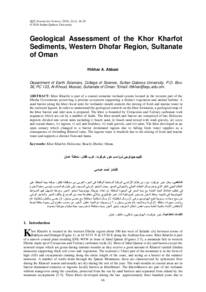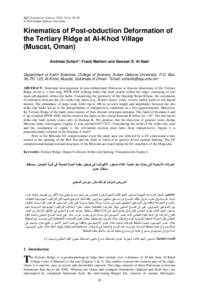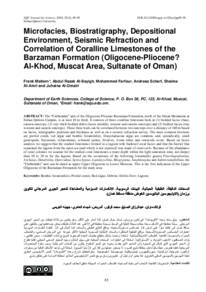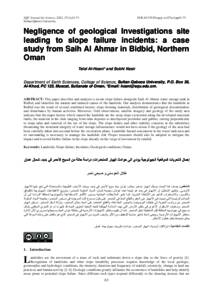Document
Crustaceans from bitumen clast in Carboniferous glacial diamictite extend fossil record of copepods.
Identifier
DOI: 10.1038/ncomms1049
Contributors
Publisher
Macmillan Publishers.
Gregorian
2010-08
Language
English
Subject
English abstract
Copepod crustaceans are extremely abundant but, because of their small size and fragility, they fossilize poorly. Their fossil record consists of one Cretaceous (c. 115 Ma) parasite and a few Miocene (c. 14 Ma) fossils. In this paper, we describe abundant crustacean fragments, including copepods, from a single bitumen clast in a glacial diamictite of late Carboniferous age (c. 303 Ma) from eastern Oman. Geochemistry identifies the source of the bitumen as an oilfield some 100-300 km to the southwest, which is consistent with an ice flow direction from glacial striae. The bitumen likely originated as an oil seep into a subglacial lake. This find extends the fossil record of copepods by some 188 Ma, and of free-living forms by 289 Ma. The copepods include evidence of the extant family Canthocamptidae, believed to have colonized fresh water in Pangaea during Carboniferous times.
Member of
ISSN
2041-1723
Resource URL
Category
Journal articles





